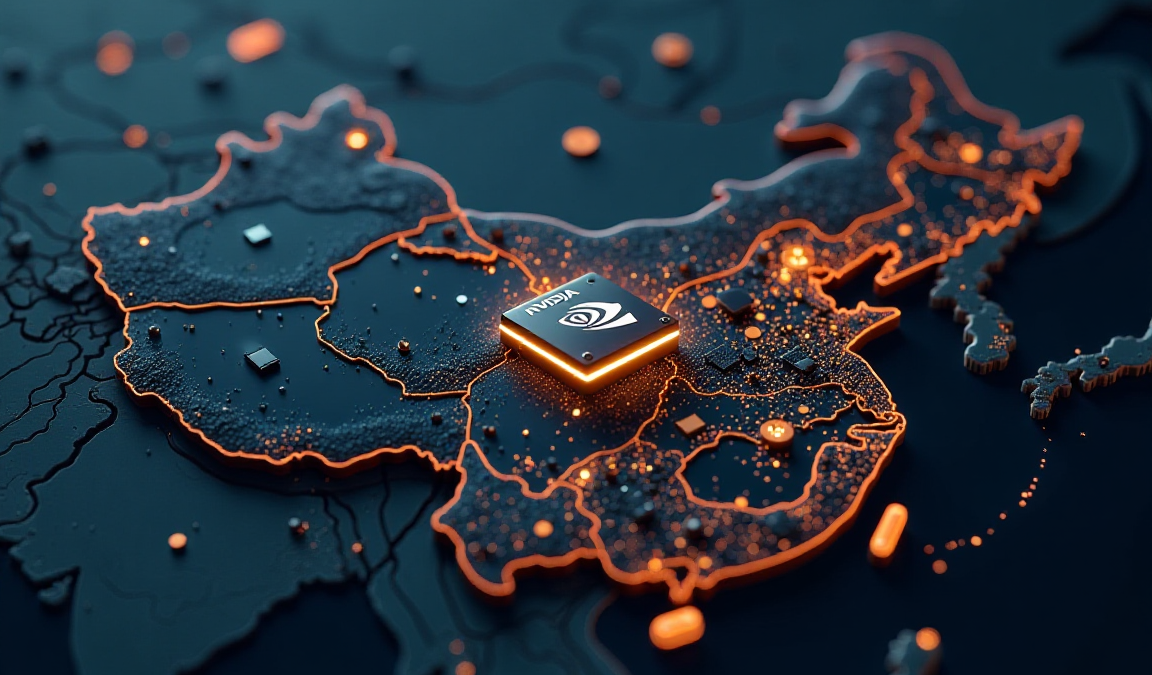Nvidia’s plans to re-engage with the Chinese market via its H20 chips are facing a slow and measured path to recovery, as production setbacks and regulatory uncertainty weigh on short-term expectations.
While the chipmaker’s efforts to restart sales of AI chips to China offer a long-term growth narrative, analysts caution that the immediate revenue impact will likely remain limited.
The H20 chip, part of Nvidia’s Hopper architecture, was developed to comply with US export restrictions while still serving the growing demand for artificial intelligence computing in China.
However, logistical and regulatory delays are pushing back the timeline for any significant sales rebound in the region.
Delays and license issues cloud near-term outlook
A recent report from The Information flagged production delays in Nvidia’s efforts to restart shipments of the H20 chip to China.
These less-advanced semiconductors, while designed for AI workloads, are only permissible for export under tight US government regulations.
Currently, export licenses remain pending, and the company is dealing with the cancellation of previous orders and a limited finished inventory.
Nvidia has already communicated that the impact of the H20 chip on revenue will be negligible until at least the fourth quarter of the fiscal year.
In addition, the company’s supply chain takes up to nine months to ramp, creating further delays in scaling shipments.
“We would keep near-term expectations in check, given licenses have not yet been issued, and we see questions around available supply of H20 and whether RTX chips (formerly B30/B40) will also be included,” wrote Morgan Stanley analyst Charlie Chan in a recent note.
Chan, however, pointed to the move as a “significant positive” for 2026, not only for Nvidia but for broader AI-related stocks.
China strategy shifts focus toward long-term positioning
Nvidia’s announcement earlier this month to resume H20 sales marks a strategic attempt to regain its footing in China’s massive AI and computing market.
The decision comes after the US tightened export controls on high-end semiconductors, forcing chipmakers to design compliant alternatives for Chinese customers.
Still, the rollout of H20 chips is shaping up to be more about rebuilding momentum than achieving immediate growth.
Analysts from Morgan Stanley, Piper Sandler, and Rosenblatt all echoed concerns that Nvidia faces multiple headwinds, from export permissions to supply constraints, before the effort can meaningfully contribute to its earnings.
The company’s measured approach indicates that investors should temper short-term expectations, with the greater impact expected to play out in 2026 and beyond.
Nvidia stock gains hold steady as investors eye next-gen chips
Despite the cautious China outlook, Nvidia shares have climbed 22% year-to-date, including a 10% gain so far in July.
The company continues to benefit from its dominant position in the AI chip sector, and investor attention is already pivoting toward the upcoming Blackwell-based RTX chips, which represent the next generation beyond the current Hopper line.
As Nvidia works to re-establish its presence in China, the broader narrative around its AI leadership and next-gen product roadmap remains intact.
But for now, the road to recovery in one of the world’s largest markets will require patience and careful execution.
The post Nvidia’s China rebound to be gradual amid H20 chip delays appeared first on Invezz

